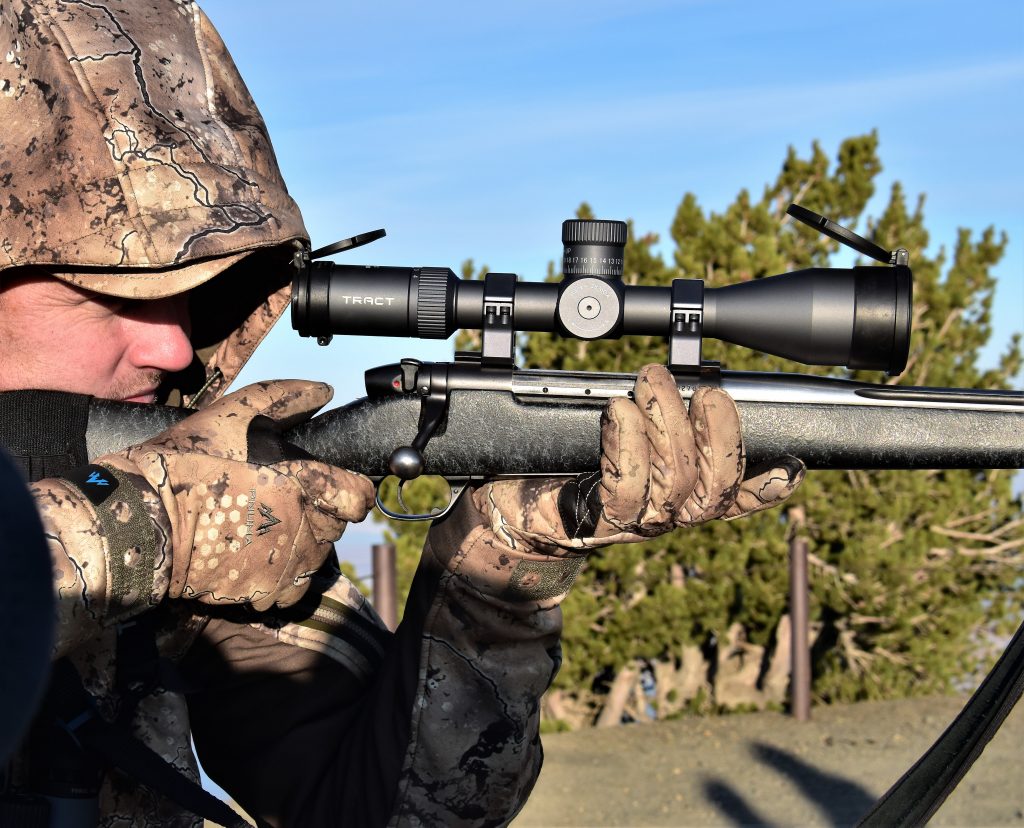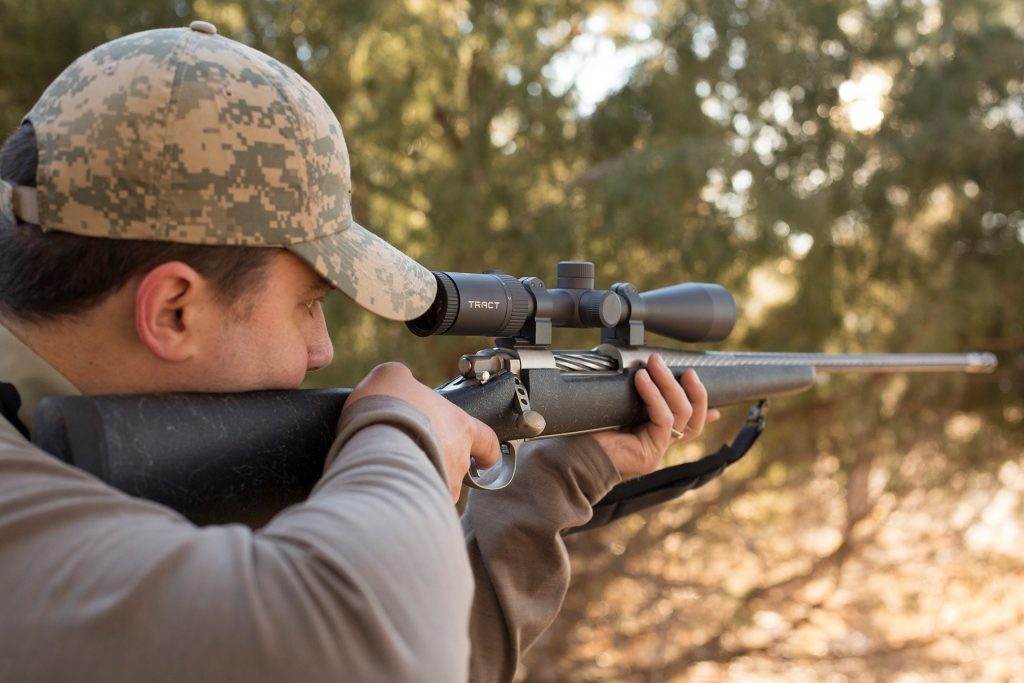Off hand shooting challenges shooters to ditch the rest and instead rely solely on a steady hand and firm stance.
In the world of precision shooting, stability is king. Traditionally, we use rests, tripods, and bipods to achieve the steadiness required for accurate shots. Yet, there's an undeniable allure to mastering off-hand shooting.



Tips for Off Hand Shooting
It’s a technique that challenges the shooter to rely on a steady hand and firm stance, testing your ability to merge control, balance, and focus into a single, precise moment. In situations where timing is critical – such as fast-paced competitions or hunting in rugged terrain – off hand shooting can be a useful skill to master.Improve Your Flexibility and Readiness
The most immediate benefit of off-hand shooting is its versatility. In dynamic situations where you don’t have the time to set up a rest, the off hand shooter is still prepared. This adaptability is invaluable in competitions where quick reaction times are crucial, as well as in the woods when there’s no time to find a rest. Practicing off hand shooting also forces shooters to confront and refine their basic marksmanship skills. It emphasizes the importance of stance, grip, breathing, and trigger control by removing the crutch of external supports. This relentless focus on fundamentals enhances overall shooting proficiency. There's also a certain simplicity to off hand shooting that resonates with purists and enthusiasts alike. It strips shooting down to its raw essentials: just you, the firearm, and the target.
Off hand shooting requires physical strength and endurance to keep the rifle steady.
Using a Rest vs. Shooting Off-Hand
Now, there is a reason why rifle rests are such a staple. Whether you choose shooting sticks, a standing bipod, or a tripod, a rest provides a stable platform that significantly improves precision. Without the support of a rest, it’s more difficult to maintain a steady aim. This can really impact shot accuracy, especially at longer distances. Off hand shooting also requires physical strength and endurance to hold the rifle steady, which can be taxing over extended periods. Using a rest takes the weight of the rifle off the shooter's arms, reducing fatigue and allowing for more prolonged shooting sessions.Practice, Practice, Practice
Mastering off hand shooting requires patience, practice, and a focus on fundamentals. Here are a few tips to get started: Stance: It all starts with a stable stance. Your feet should be shoulder-width apart, with your non-dominant foot slightly forward. This provides balance and helps absorb recoil. Grip and Trigger Control: Hold the rifle firmly but not too tightly, with your dominant hand on the grip and your non-dominant hand supporting the fore-end. Keep your grip consistent with each shot, and focus on squeezing the trigger gently to avoid jerking the rifle. Breathing: Learn to control your breathing. Inhale deeply, then exhale about halfway while you squeeze the trigger. This pause gives you the chance to stabilize your shot and ensure your gun and sights are lined up. Practice: First, come to terms with the fact that you will move when you don’t use a rest, so learn to compensate for that with your stance, grip, and breathing techniques. And like any skill, off hand shooting improves with practice. Start with dry firing exercises, then move on to live firing at varying distances to build confidence and accuracy.
Off-Hand Shooting in Hunting
(A note on off-hand shooting at animals. This is only for those who spend ample time practicing off hand. We owe it to the animal to take ethical shots.) Whether you're stalking deer through dense woodland or watching pronghorn on the open plains, mastering off hand shooting is a worthy addition to your hunting repertoire. The unpredictable nature of hunting terrain and frequent changes in position can render traditional rests impractical. Leaving the rest or tripod at home lightens the load and can free up space for other gear. And since your target certainly won’t be waiting for you to stop and mount your rifle on a tripod, shooting off-hand can mean the difference between a filled or empty tag. When the opportunity presents itself, the off-hand hunter can take aim and shoot without delay. Again, please keep in mind that as convenient as shooting off-hand can be, taking accurate, humane shots that minimize the animal’s suffering are always top priority. Failure to do this can result in wounding rather than a quick, ethical kill. This is why mastering your off-hand skills prior to your hunt is so important.Embrace the Challenge
While the challenge of off hand shooting might seem daunting, the rewards are well worth the effort. It not only enhances your versatility and reaction time in various shooting disciplines but also deepens your appreciation for the fundamentals of marksmanship. Whether you’re a hunter or competition shooter, off hand shooting helps you quickly adapt to changing conditions without the need to set up or adjust supports.
